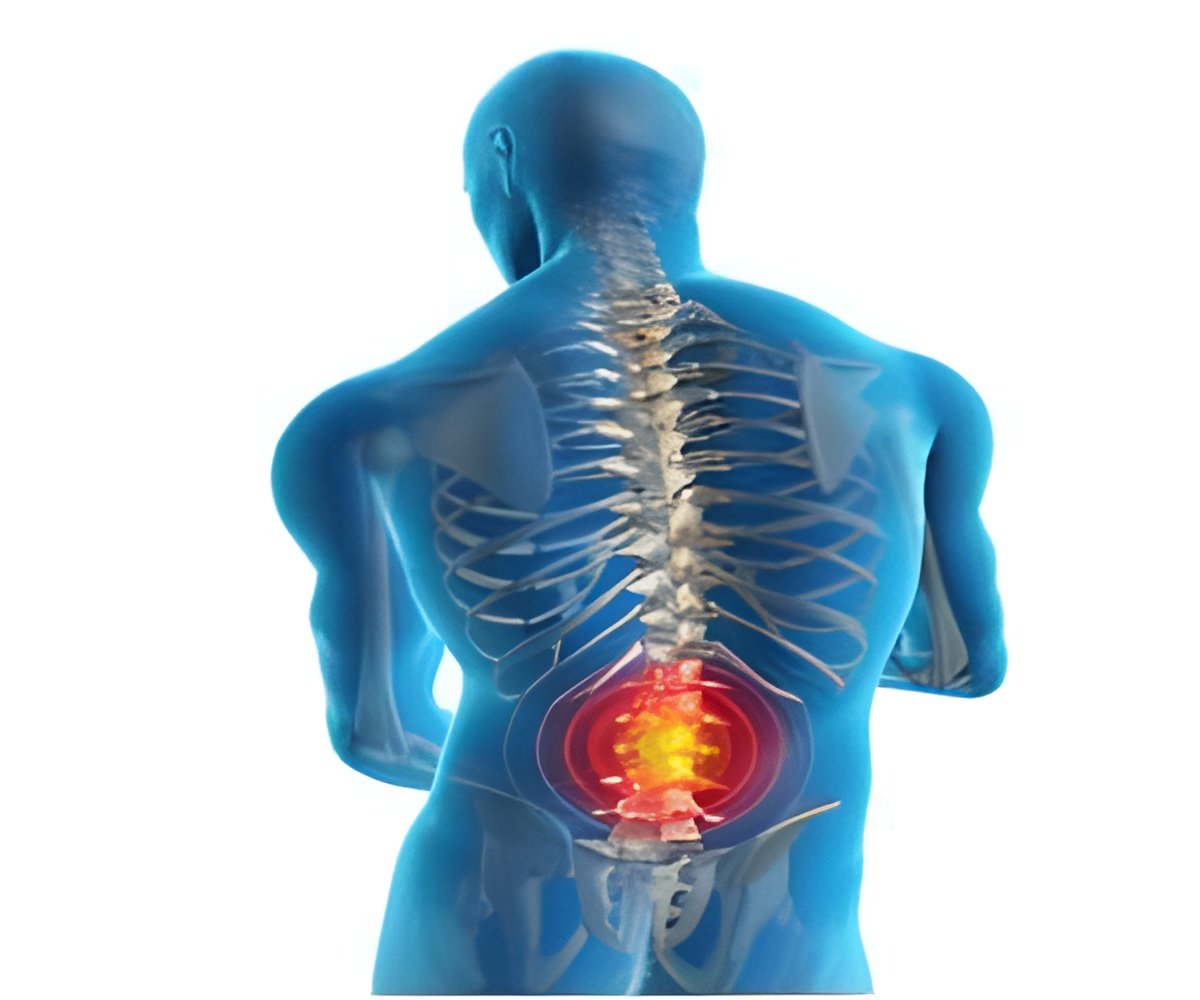
The USPSTF also recommends that younger women with increased risk factors for osteoporosis be screened if their fracture risk is equal to or greater than that of a 65-year-old white woman who has no additional risk factors. White women are used as the benchmark because they have a markedly higher rate of osteoporosis and fractures than other ethnic groups. Risk factors for osteoporosis include tobacco use, alcohol use, low body mass and parental history of fractures.
The USPSTF did not indicate a specific age limit at which screening should no longer be offered because the risk for fractures continues to increase with age and the evidence indicates that benefits can be realized within 18 to 24 months after starting treatment. The USPSTF also looked at whether to recommend screening men for osteoporosis but found insufficient evidence to make a recommendation at this time. This new final recommendation will become effective when it appears in the January 18 online issue of Annals of Internal Medicine and will also be available on the USPSTF website.
"As the number of people over the age of 65 in the United States increases, osteoporosis screening continues to be important in detecting women at risk who will benefit from treatment to prevent fractures," said Task Force Chair Ned Calonge, M.D., who is also the president and CEO of The Colorado Trust. "Clinicians also should talk to their younger patients to learn if they have risk factors that mean they should be screened."
Osteoporosis screening involves a measurement of bone density, which is currently covered by Medicare. The most commonly used bone density measurement tests are dual-energy x-ray absorptiometry (DXA) of the hip and lumbar spine, as well as quantitative ultrasound of the heel, although current diagnostic and treatment criteria are based on DXA tests alone. The USPSTF noted that there is a lack of evidence about how often screening should be repeated in women whose first test is negative.
In postmenopausal women who have no prior fractures caused by osteoporosis, the USPSTF found convincing evidence that drug therapies (including bisphosphonates, parathyroid hormone, raloxifene and estrogen) reduce the risk for osteoporosis-related fractures.
Osteoporosis, a condition that occurs when bone tissue thins or develops small holes, can cause pain, broken bones and loss of body height. Osteoporosis is more common in women than men and is more common in whites than any other racial group. For all demographic groups, the rates of osteoporosis rise with increasing age.
The USPSTF is an independent panel of private-sector experts in prevention and evidence-based medicine that conducts rigorous, impartial assessments of the scientific evidence and makes recommendations on the effectiveness of a broad range of clinical preventive services, including screening, counseling and preventive medications. The USPSTF does not consider costs or cost-effectiveness in creating recommendations. The Agency for Healthcare Research and Quality (AHRQ) is authorized by statute to convene the USPSTF and provide scientific and administrative support.
The USPSTF grades the strength of the evidence for providing clinical preventive services as "A" and "B" (recommends a service), "C" (recommends against routinely providing a service), "D" (recommends against a service) or "I" (insufficient evidence to assess the benefits and harms of a service). The USPSTF recommends screening for osteoporosis in women ages 65 and older and in younger women whose fracture risk is equal to or greater than that of a 65-year-old white woman who has no additional risk factors (B recommendation). Current evidence is insufficient to assess the balance of benefits and harms of screening for osteoporosis in men (I statement).
Advertisement












